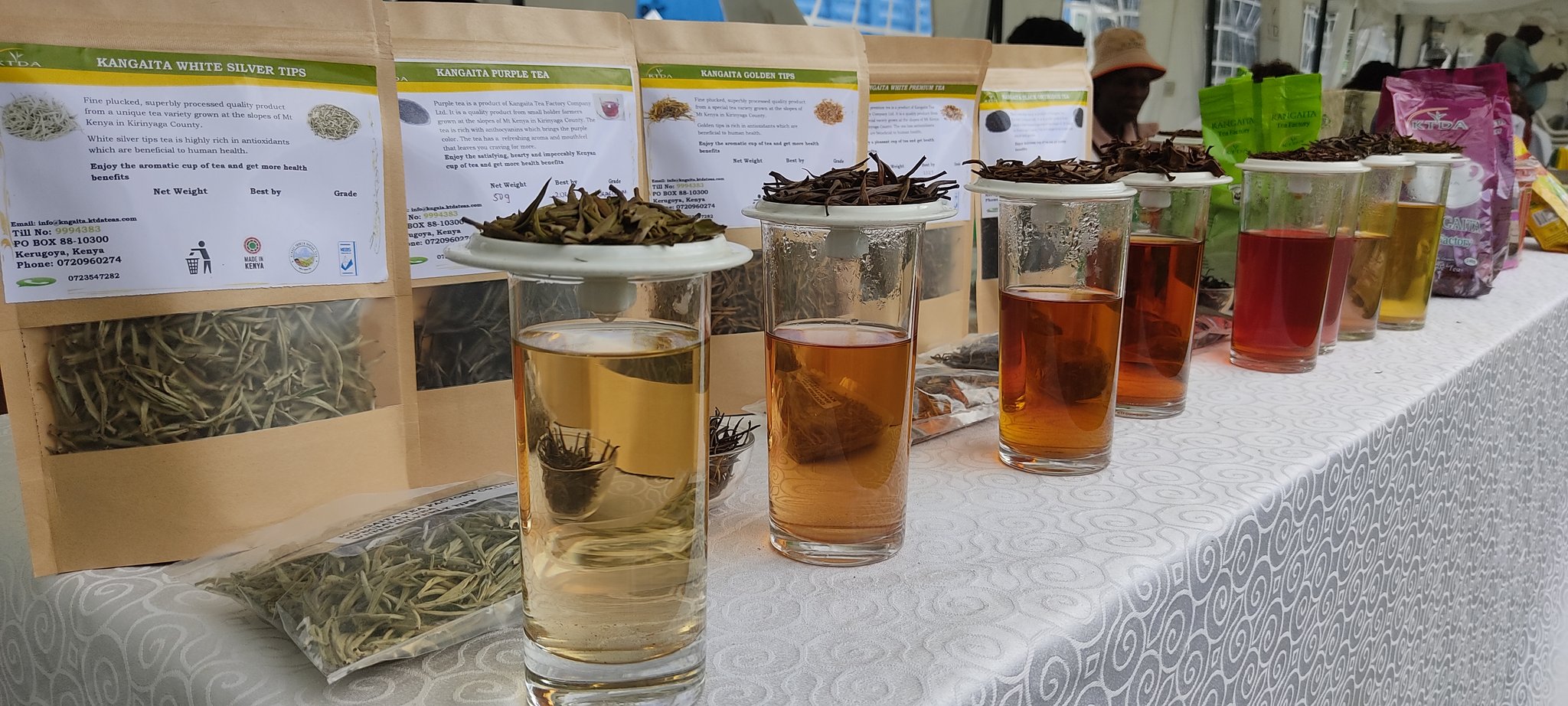Over the last two years, agriculture has saved Kenya’s economy from the crash in construction and service sectors as interest rates shot and stayed up, while defaults backed up on lenders and in the real estate businesses.
During this tough period, the rains on the tails of El Nino delivered for agriculture and nearly a third of the Kenyan economy. But the blessings of El Nino have come to an end in their place, a drier cousin La Nina has taken its place which has caused the latest heat waves that have hit East Africa and the Horn.
While this could look like an impending disaster, according to Absa Bank Senior Economist Phumelele Mbiyo, Kenya is running a relay race and just when you think one sector is caving in another takes the baton and runs with it.
In what he calls a sectoral shift, Mr Phumelele predicts the construction sector is making a speedy recovery fast enough to cover for agriculture with a slush of money on its tailwinds as the Central Bank of Kenya moves to make money cheaper and liquid.
“Kenya could grow 4.9 percent this year supported by a rebound in the construction sector that had witnessed a decline since 2022. The construction sector started going down in 2022, but now there are indications that it is picking up, and that is going to be a factor that will replace the deceleration from agriculture. Financial services will also come in as CBK loosening will bring back growth,” Mr Mbiyo said.
The optimistic economist was in the country as part of Absa Bank’s initiative to bring in diverse expert analysts, helping its local customers understand the forces shaping the economy so they can make informed choices in an ever-evolving global economy.
As part of the Bank’s strategy to invest in its customers’ stories, the Pan African lender hosted bank analysts, importers, exporters, regulators, and market investors for a week-long Absa Bank Kenya 2025 Economic Forum. The forum offered in-depth macroeconomic analysis, explored financing opportunities, and discussed strategies to enhance yields.
Ni God manze
Kenya’s economy has grown through a tough period and emerged bruised but resilient. From prohibitive international debt markets during a Eurobond bullet repayment that battered the country’s currency and shot up volatility; to spells of long droughts and flooding.
The country has managed the crisis through the help of the International Monetary Fund programme, bilateral debt and trade deals as well as lower food prices due to favourable weather.

Read also: IWD: Absa Women executives write the story of the future of female finance
Measures taken by the Central Bank of Kenya (CBK) contained the impact of the crisis which reflected on Kenyans with high prices and shrinking incomes.
CBK raised rates to contain inflation and has now begun easing them to allow money to flow back into the economy.
However for CBK Governor Dr Kamau Thugge to keep the taps of money flowing at cheaper costs, inflation should hopefully stay down.
The only game in town
The reason the Central Bank has been keen on getting banks to open their purse strings is to reverse the decline of private sector credit which contracted by 1.4 percent in December 2024 compared to the previous year.
This has mainly been driven by exchange rate valuation effects on foreign currency denominated loans which contracted 11.4 percent following the appreciation of the Shilling, and reduced demand attributed to high lending interest rates. Growth in local currency-denominated loans stood at 2.1 percent in December.

The regulator has lowered interest rates by 225 basis points over the last six months and has literally stood over banking counters to force lenders to reduce interest rates and lend more to the private sector.
When Central Banks take on the mandate of growing their economies from the politicians they become what American economist and writer Mohamed El-Erian, called ‘The Only Game in Town’. This concept gives a rough idea of the mechanisms along Harambee Avenue, that everyone is banking on to recover the Kenyan economy.
I read the book a while back and although most of it was lost in economic concepts and graphs about money that I scarcely grasped, the whole idea is that now CBK is the one running this economy, by basically firing the money engine.
Inflation
This superpower can only be used when inflation stays down, yet is in itself inflationary.
That is why we began to worry as Kenya's inflation started slowly slipping away from 3 percent in December to 3.4 percent in February.
When I began covering this business of inflation, all I had to know was its relationship with interest rates, which meant that when inflation went up, the Central Bank would raise rates, and when it went down, there would be room for reduction or what economists called ‘accommodative stance’.

But it turns out, it is more complex than I thought, it is a subtle tax and according to analysts may not be indicative of interest rate direction if the authorities asses that price hikes are just seasonal.
According to CBK’s monthly monetary policy meetings, inflation has been rising slowly, impacted by non-core inflation rising to 7.1 percent in January from 5.2 percent in December, reflecting higher prices of food crops and related items, particularly vegetables, on account of seasonal factors.
Mr Phumelele explained that Kenya’s inflation is being pushed by food prices which are coming into effect on the back of the La Nina drought. This drought, he said, is expected to be weak, which means that Kenya could salvage the March to May rains and see prices come down again within a short growing cycle.
He said what was more indicative was Kenya’s core inflation which had barely moved and had declined to 2.0 percent in January from 2.2 percent in December, reflecting muted demand pressures in the economy.
Lower interest rates regime
March to May (MAM) constitutes an important rainfall season, particularly in the equatorial parts of the Greater Horn of Africa (GHA), where MAM rainfall contributes up to 60 percent of the total annual rainfall.
According to estimates by IGAD Climate Prediction and Applications Centre (ICPAC), there is the probability of seasonal rainfall exceeding 200mm indicates a high likelihood (over 70 percent) of surpassing this threshold in south-western Ethiopia, western Kenya, much of Uganda, Rwanda, Burundi, and Tanzania

The economist said this gave him the confidence to project an average inflation of 4.5 percent this year that will allow CBK to cut rates to 9 percent.
This is expected to lower the cost of borrowing, boost private sector credit and lead to improved credit quality.
It could see Kenya’s economy climb back to just a point shy of the average 5 percent gross domestic product growth this year as the economy shifts back to services and construction while agriculture slows down on the impact of la Nina weather cycle.
Discover more from Orals East Africa
Subscribe to get the latest posts sent to your email.











